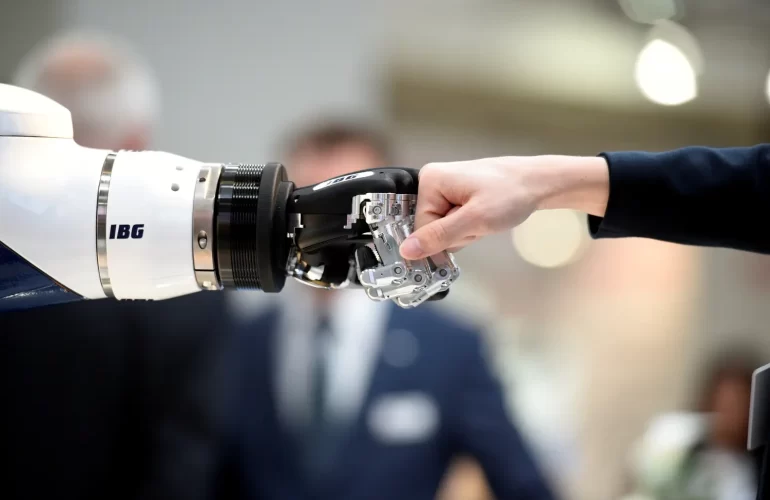Key Takeaways
- “Sidequests” at work enhance employee engagement and productivity.
- Research indicates flexibility in work improves job satisfaction for 73% of employees.
- Taking personal time-outs leads to more creativity and loyalty to employers.
- Microbreaks can effectively manage energy and increase engagement.
- Companies that support sidequests see improved retention and employee loyalty.
- Employees who explore side quests feel a stronger sense of purpose and autonomy.
- Structured flexibility in the workplace acts as a strategic tool for employee retention and engagement.
In today’s fast-evolving work environment, traditional notions of a rigid 9-to-5 schedule are rapidly becoming outdated. More and more companies are adopting innovative strategies to enhance productivity and employee satisfaction. Among these strategies, the concept of “sidequests” at work stands out as a surprisingly effective method to drive engagement and retention. In this blog post, we’ll explore how these midday diversions are revolutionizing workplaces and boosting employee morale.
Understanding “Sidequests” at Work
The term “sidequests” is borrowed from the gaming world, where players embark on small, optional missions apart from their main objectives. Similarly, in a work context, sidequests refer to personal tasks or activities that employees engage in spontaneously throughout the day. These can vary from taking a walk, engaging in a creative hobby, or spending a few moments meditating. The goal is to break up the monotony of the workday and refresh mental and physical energy.
The Benefits of Workplace Sidequests
- Enhanced Engagement and Productivity:
- Sidequests at work have been shown to enhance engagement and productivity among employees. The informal nature of these breaks allows for mental recharging, which can lead to more focused and efficient work sessions once employees return to their tasks.
- Increased Job Satisfaction:
- Research supports that flexibility in the workplace significantly improves job satisfaction, with 73% of employees reporting higher contentment. Sidequests provide this much-needed flexibility, contributing to happier and more fulfilled employees.
- Boosted Creativity and Loyalty:
- Taking personal time-outs during the workday leads to increased creativity and a sense of loyalty to employers who encourage such practices. Employees are more likely to stay with a company that values their well-being and work-life balance.
- Energy Management and Engagement:
- Microbreaks that come from engaging in sidequests can help employees manage their energy more efficiently and maintain high levels of engagement throughout the day.
- Improved Retention and Loyalty:
- Companies that incorporate sidequests into their work culture often see improved employee retention and loyalty. When workers feel their needs are acknowledged, they tend to stay longer with the organization.
- Sense of Purpose and Autonomy:
- Employees exploring sidequests often report a stronger sense of purpose and autonomy, which are key drivers of motivation and job satisfaction.
- Strategic Tool for Engagement:
- Structured workplace flexibility, including sidequests, acts as an effective tool for enhancing employee retention and engagement. It’s a modern approach to dealing with the challenges of retaining talented individuals in competitive markets.
Implementing Sidequests in the Workplace
To fully leverage the benefits of sidequests, companies can incorporate the following strategies:
- Designated Break Periods: Create dedicated times during the day for employees to engage in sidequests.
- Encourage Participation: Foster a culture where employees feel comfortable taking these breaks without fear of judgment.
- Provide Options: Offer various activities or spaces for employees to explore during their sidequests, such as relaxation areas or creative corners.
- Promote Well-being: Regularly communicate the importance of sidequests and how they contribute to overall well-being and productivity.
Activities That Qualify as Sidequests
- Taking short walks or outdoor breaks.
- Engaging in fun and light physical activities like yoga.
- Participating in informal team-building games.
- Exploring hobbies or creative arts.
- Practicing mindfulness or short meditation exercises.




